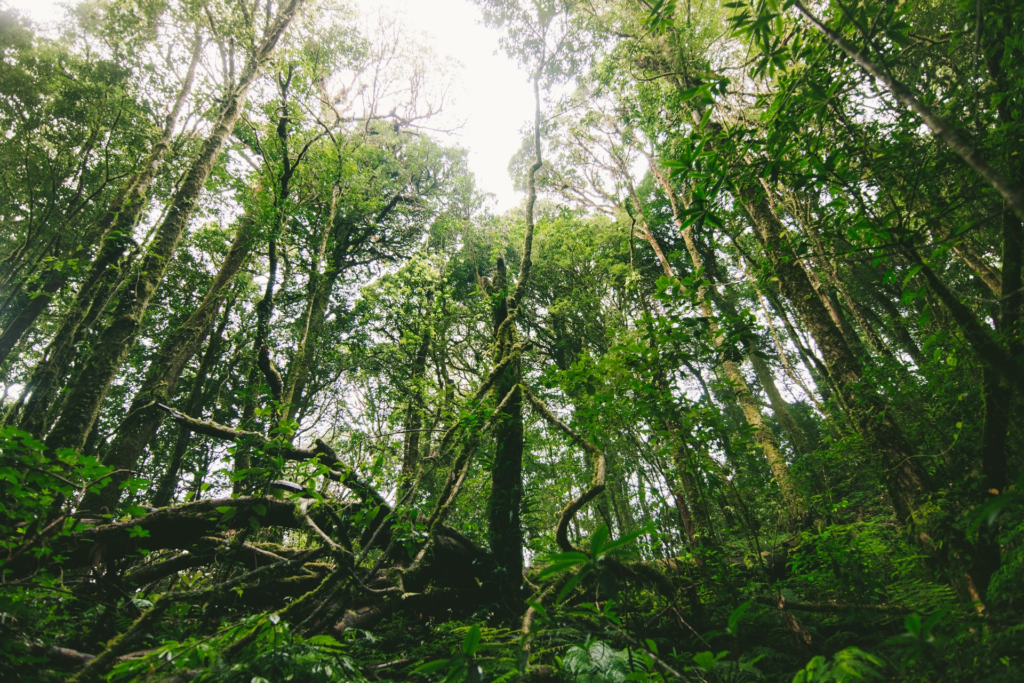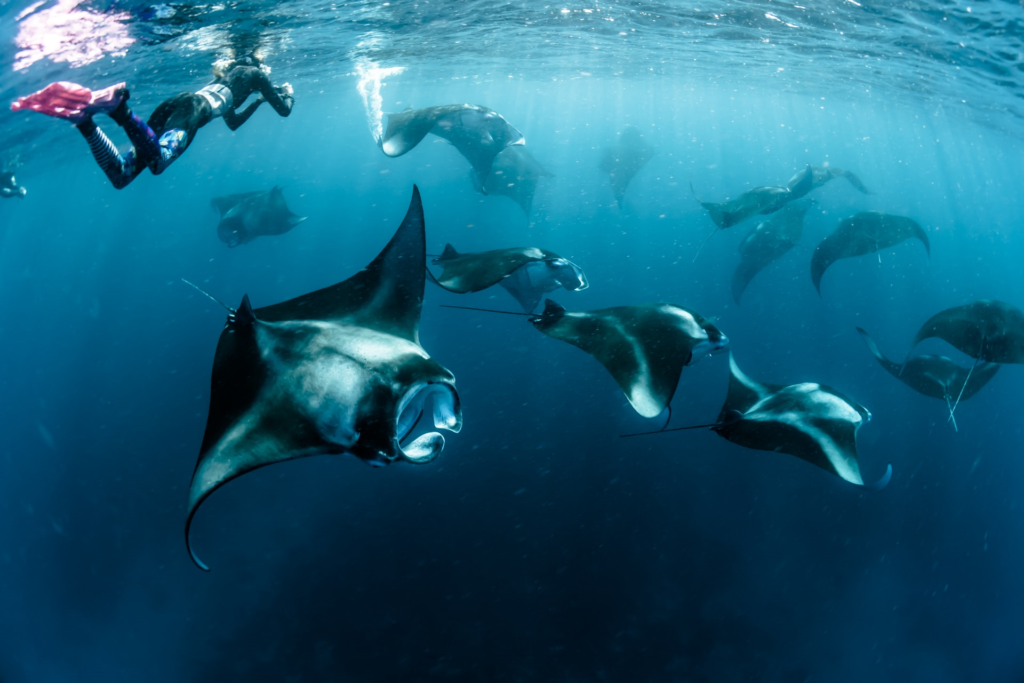(par 4.2.2.4) Stratification (vegetation) – From Wikipedia

From Wikipedia, the free encyclopedia https://en.wikipedia.org/wiki/Stratification_(vegetation) Vertical classification of vegetation in a forest showing the tree, shrub and herbaceous layers and the forest floor Stratification in the field of ecology refers to the vertical layering of a habitat; the arrangement of vegetation in layers.[1] It classifies the layers (sing. stratum, pl. strata) of vegetation largely according to the different heights to which their plants […]
(par 4.2.2.3) Species with a Large Impact on Community Structure

http://www.nature.com/scitable/knowledge/library/species-with-a-large-impact-on-community-13240710 By: Delbert L. Smee (Texas A&M University at Corpus Christi) © 2010 Nature Education Citation: Smee, D. (2010) Species with a Large Impact on Community Structure. Nature Education Knowledge 3(10):40 Of course predators consume prey, but in doing so, they may have broader impacts on communities as a whole. That is to say, predators help to maintain a balance among organisms, both by consuming prey […]
(par 4.2.2.3) Dominant Species in a Diverse Ecosystem

http://education.seattlepi.com/dominant-species-diverse-ecosystem-3936.html by Kari Norborg Carter, Demand Media In the temperate rainforests of Olympic National Park in Washington, the coast Douglas fir is the dominant plant species. Natural areas such as a redwood forest, mangrove swamp, coral reef or cypress slough did not come about their names accidentally. A dominant species is a plant, animal or […]
